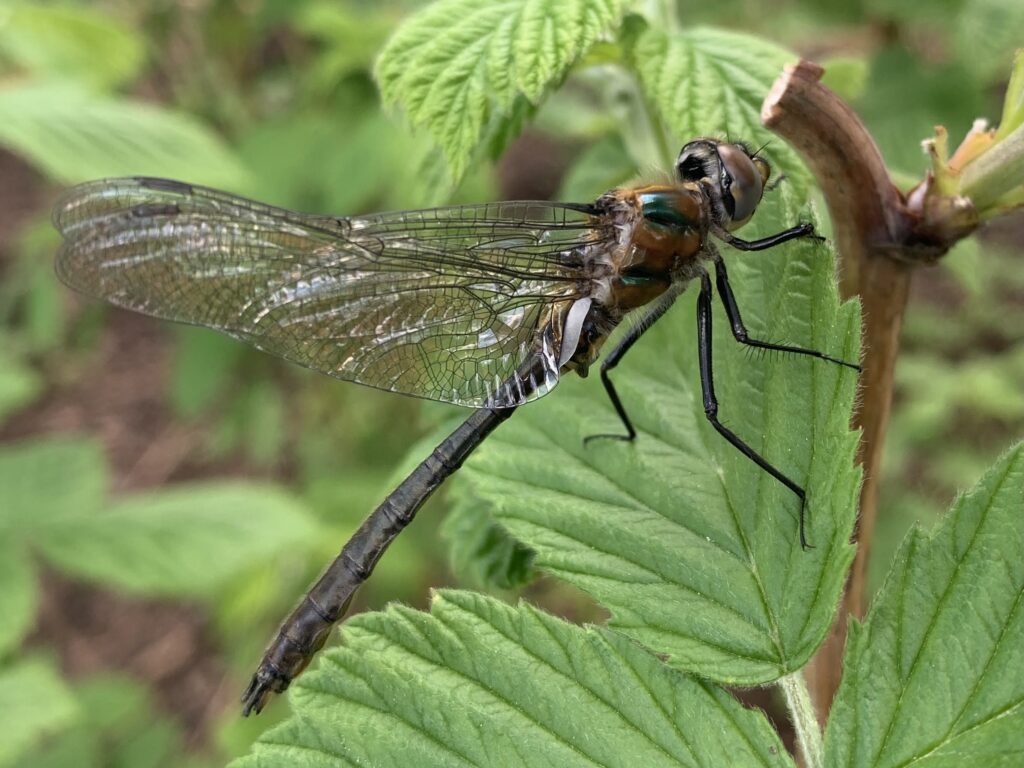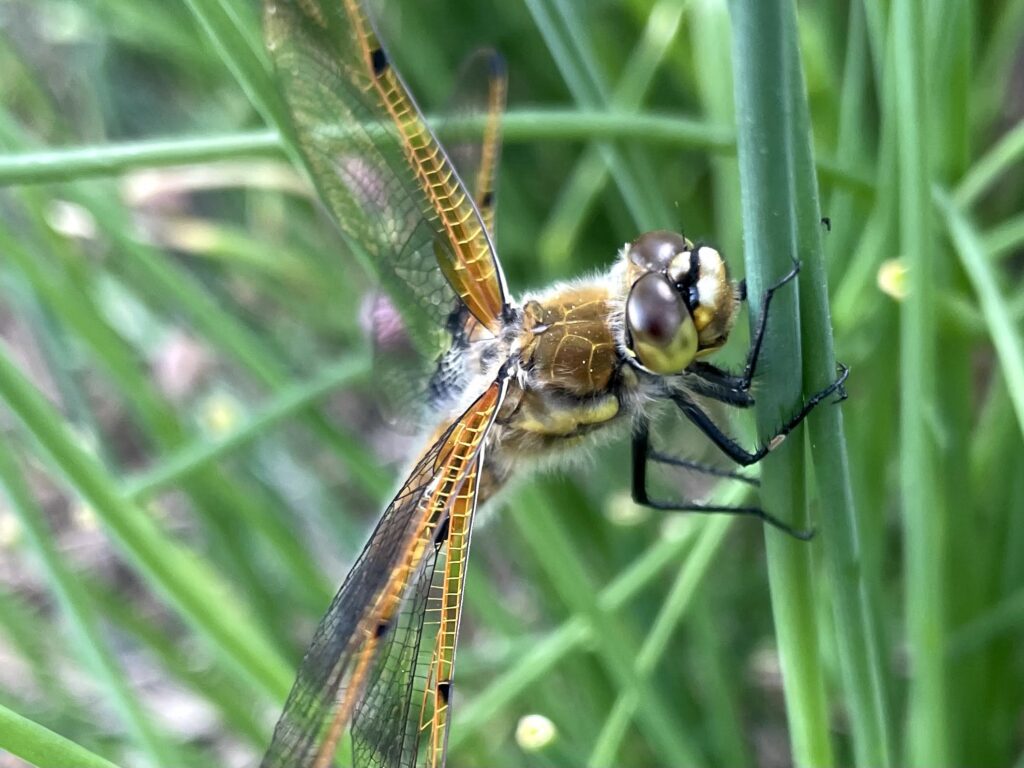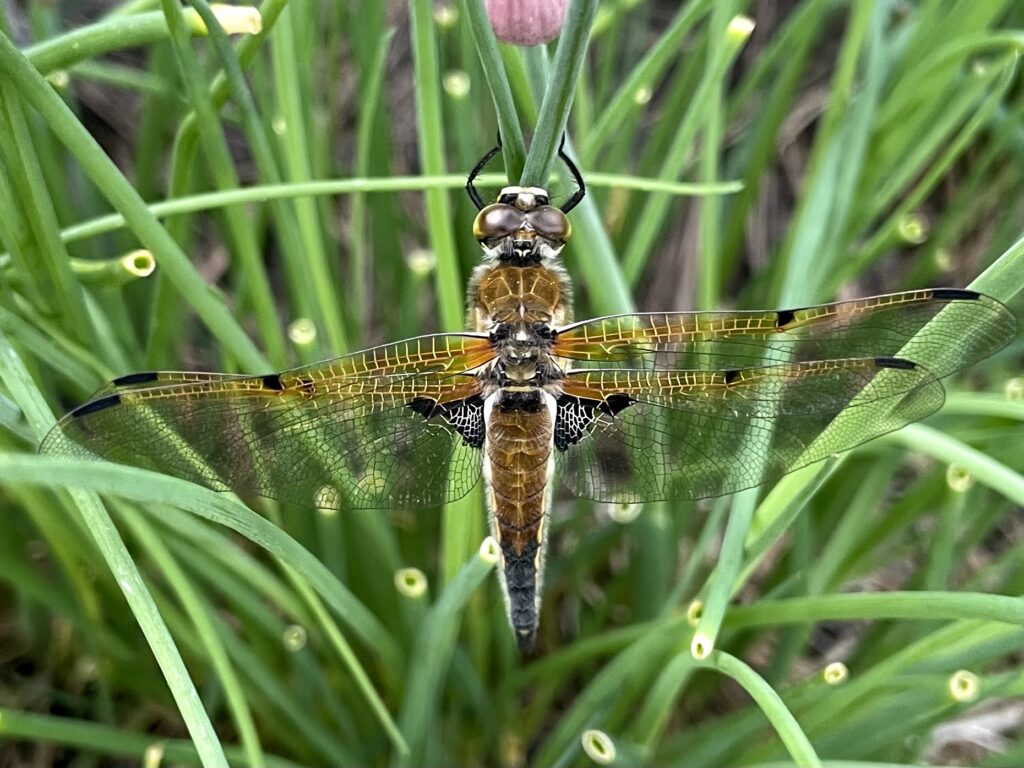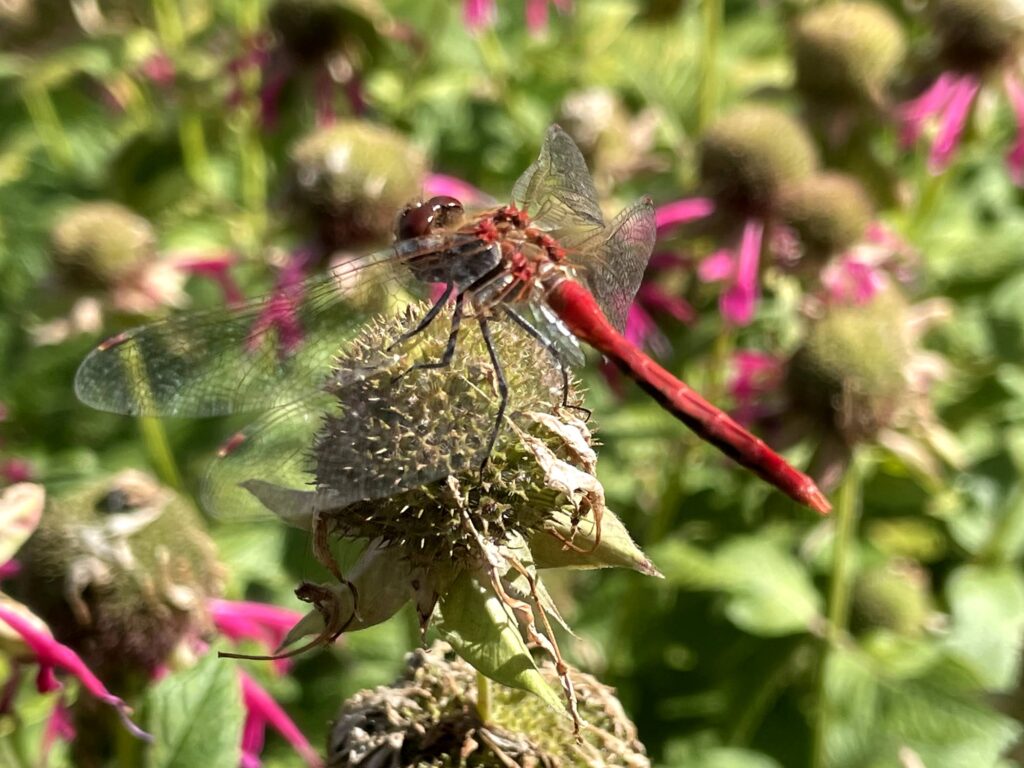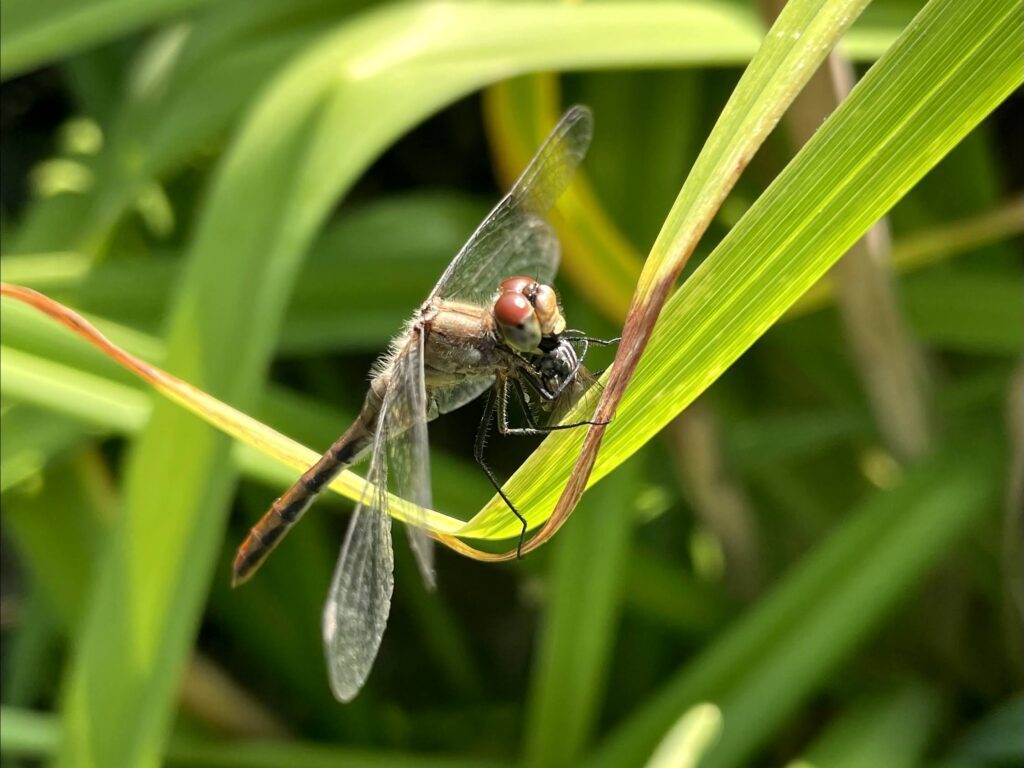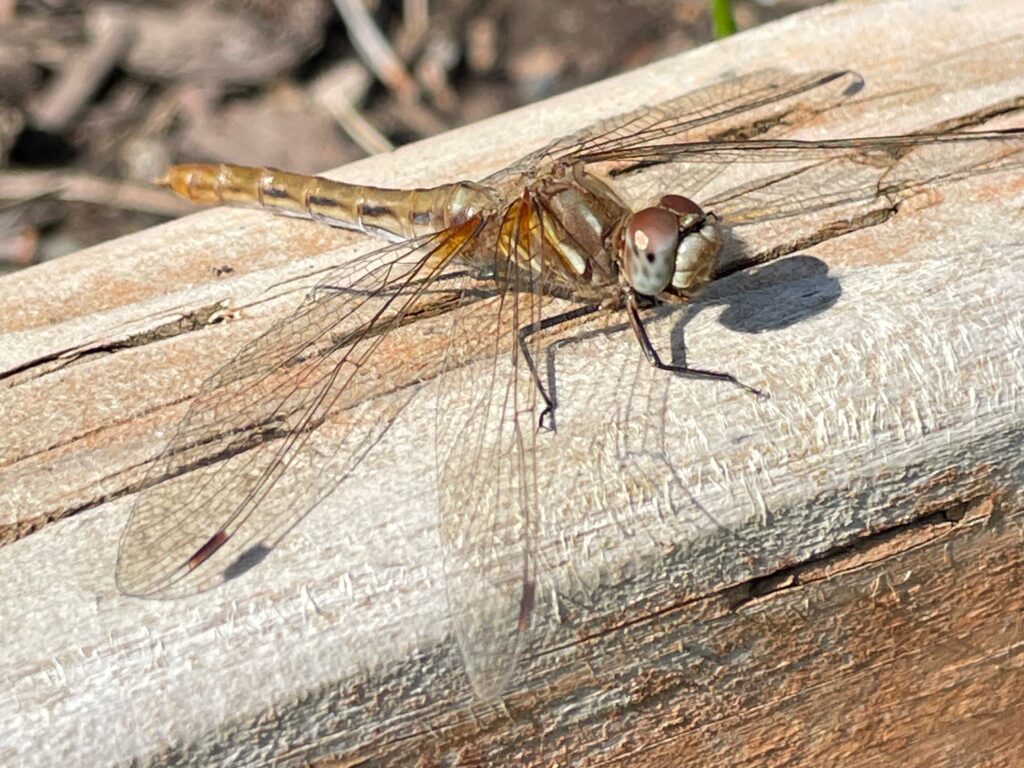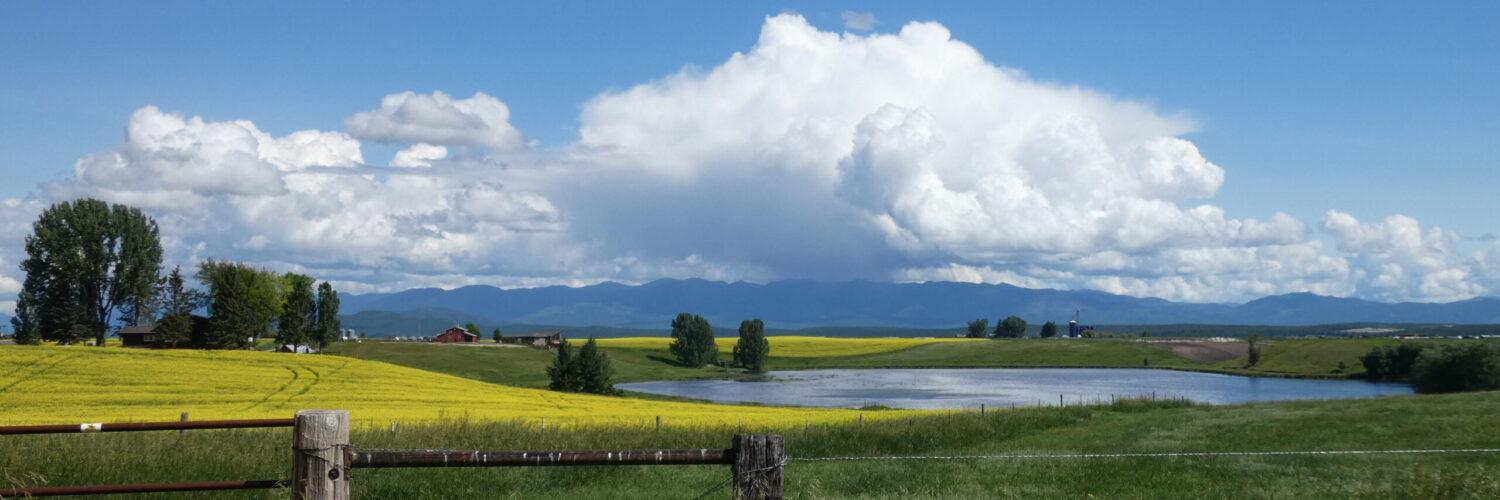by Skip Via
skip@westvalleynaturalists.org
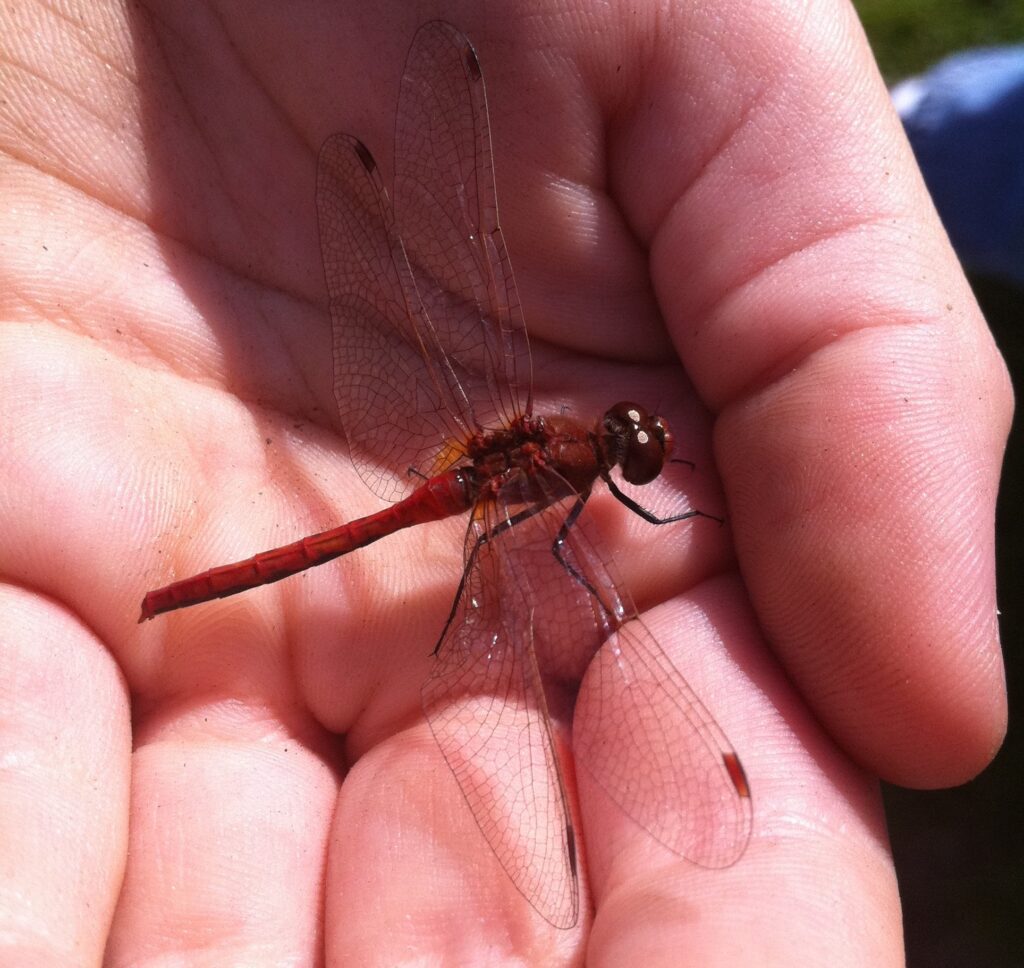
Dragonflies have interested me since my early childhood (and still ongoing) fascination with dinosaurs. So many of the illustrations in my myriad of dino books included swampy scenes with huge dragonflies swarming around, looking like fighter planes or helicopters. It wasn’t until many years later that I learned that the insects in those illustrations weren’t really dragonflies as we know them, but very distant ancestors.
Dragonflies as we know them belong to the Odonata order of insects, suborder Anisoptera–which at least phonetically satisfies my childhood perception of them as helicopters. They appear in fossil records from about 185 million years ago and are one of the oldest extant insect orders. Their morphology and life cycle has not changed much since they first appeared. For example, unlike most modern insects, they are unable to fold their wings.
Their compound eyes have always particularly fascinated me. Each eye cluster can have over 30,000 separate eyes (ommatidia) which give them a nearly 360˚ field of vision–great for tracking prey or avoiding predators. And photographers. They are usually quick to fly away when approached.
Dragonflies spend most of their lives in the water as larvae. The larval stages last anywhere from a few months to five years for some of the larger species. Adults emerge by molting and take to the air to hunt and reproduce. Their adult lifespan is relatively very short–from a few days to ten weeks, five weeks being the most common duration.
While most of the 3,000+ species of dragonflies are tropical, we have several dozen here in the west valley area. They are found most commonly around water, but they can fly long distances to look for food. They are known by many different common names depending on the area of the world, and males and females of the same species can look different, making IDs difficult–at least for me. I hope these are accurate. If they’re not, let me know.
